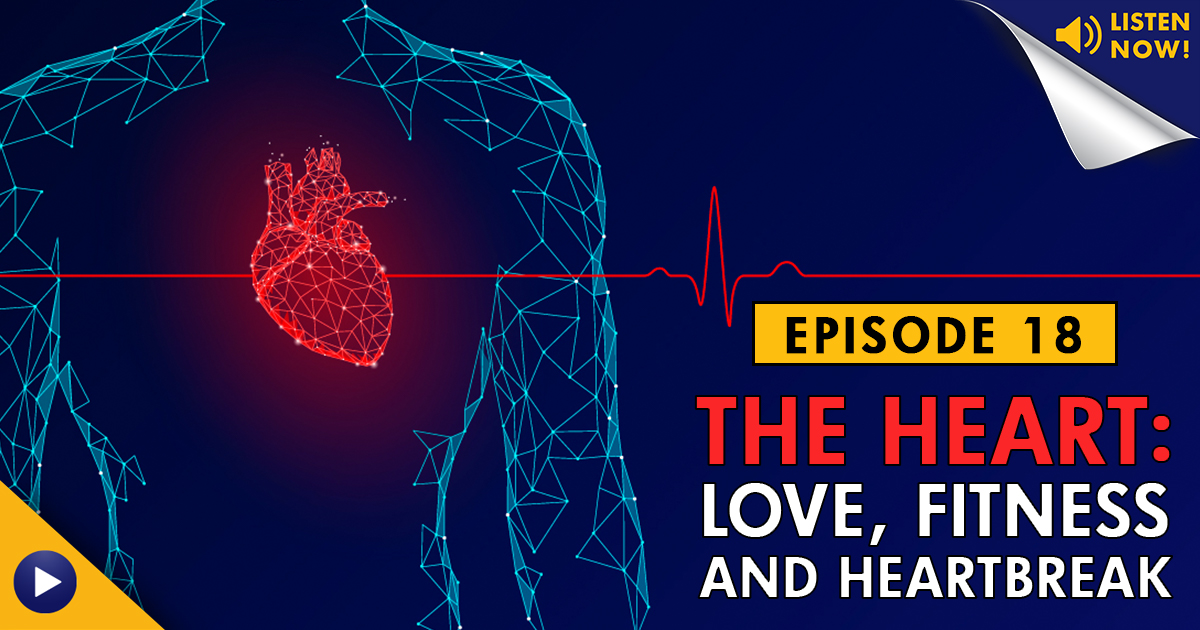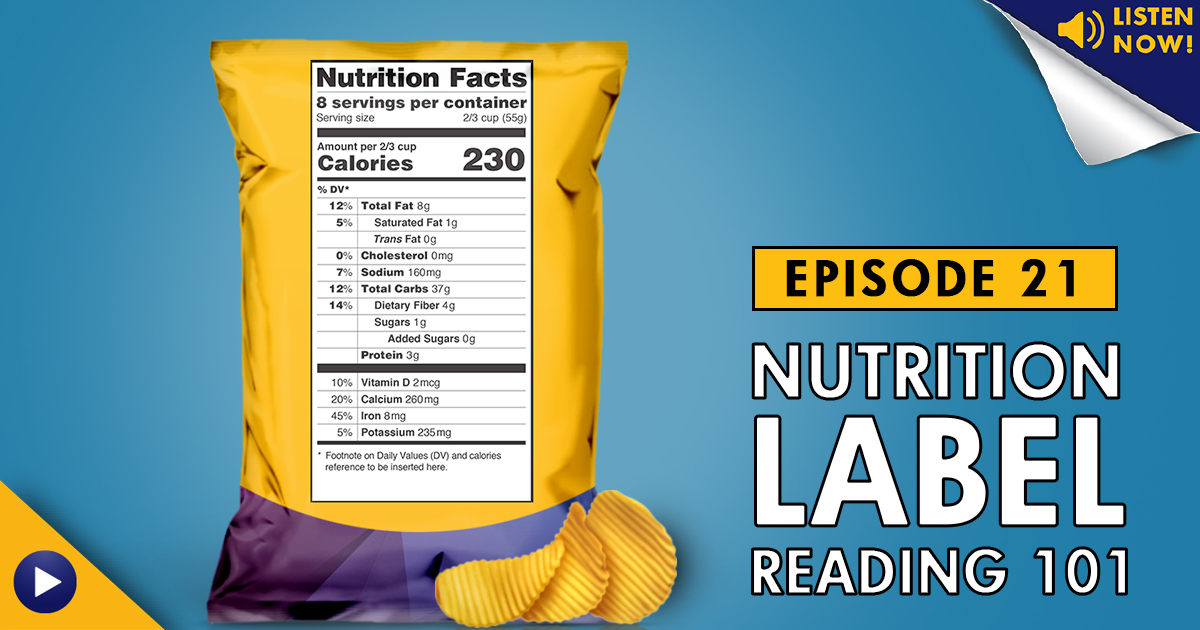Grief is not typically our first thought when we consider mental health. Often, we’ll think of disorders or illnesses whose names we hear often: ADHD, OCD, Depression, Schizophrenia, Parkinson’s, Autism, and others.1 However, the way we mentally process grief, and the way grief manifests itself in the body, (like physical exhaustion, digestive problems, stomach ulcers, etc.)2 is a great reminder that the experience is very impactful and very real. You do not need to have a diagnosable condition in order to experience the effects of atypical mental health.
Mental health encompasses everything from everyday stress, sadness, and anxiety to diagnosable conditions like Major Depressive Disorder and PTSD. When you consider that everyone has a brain, and that brain has the potential to overreact or underreact, it’s a lot easier to think of fluctuations in mental wellness as a very normal thing.



 Have a nutrition question? Our registered dietitian is ready to help!
Have a nutrition question? Our registered dietitian is ready to help!
